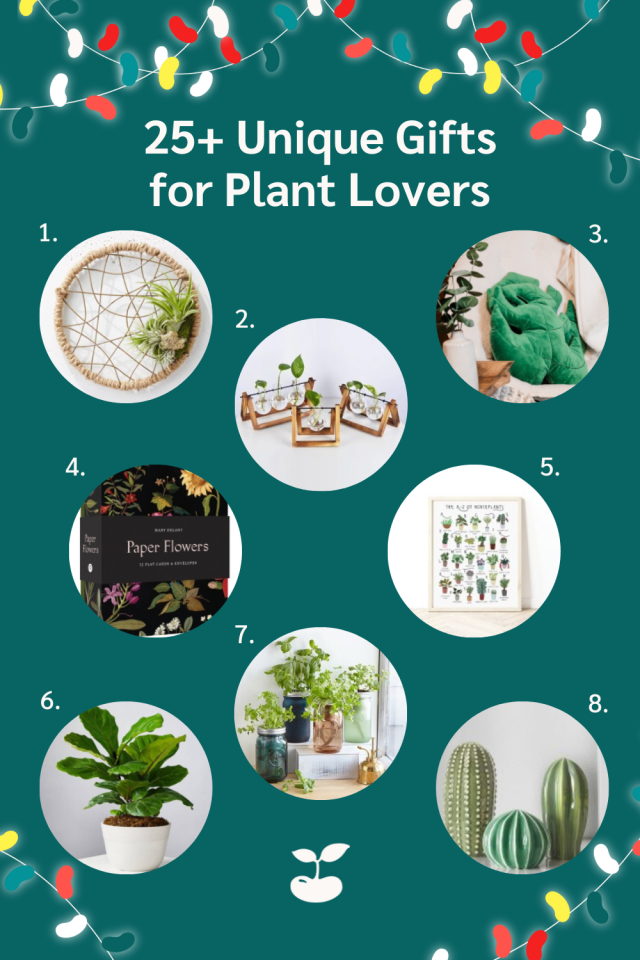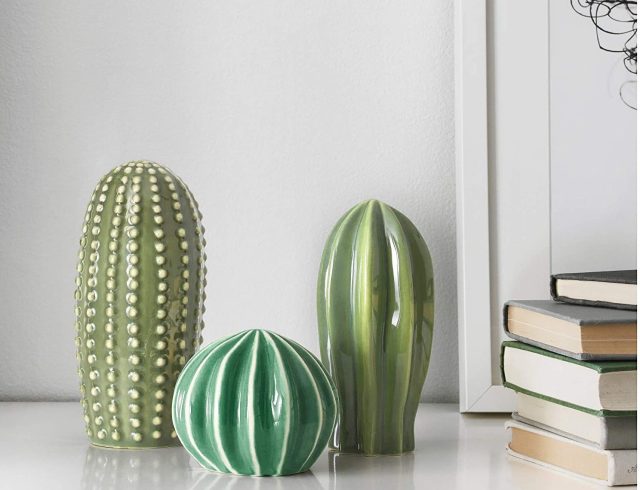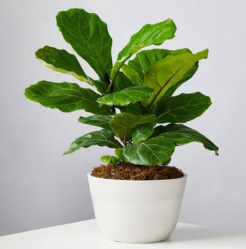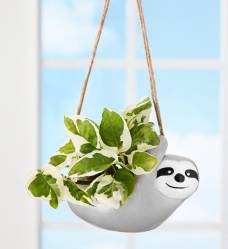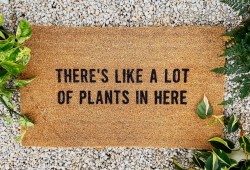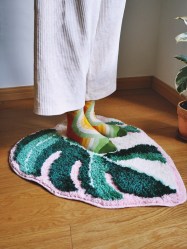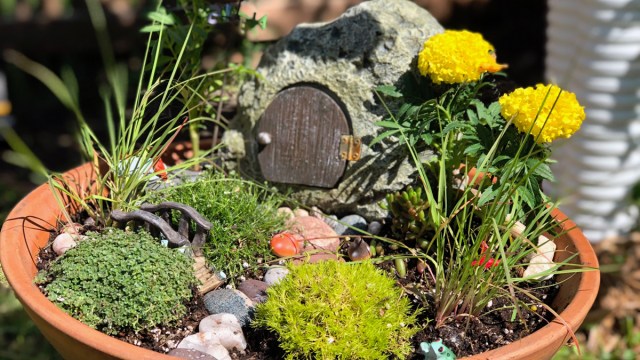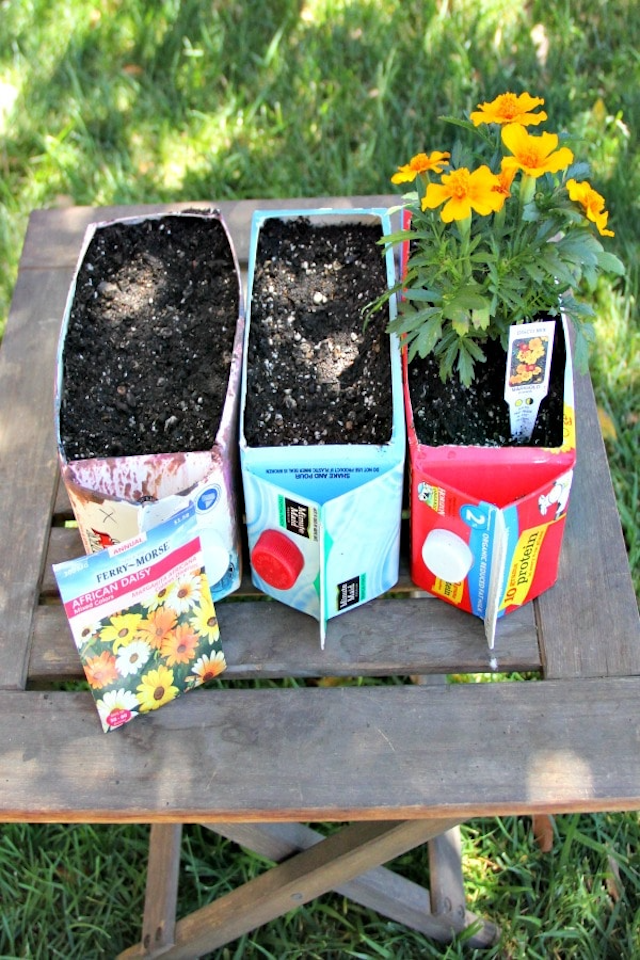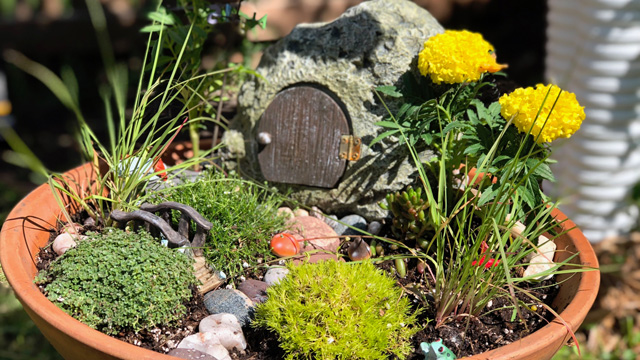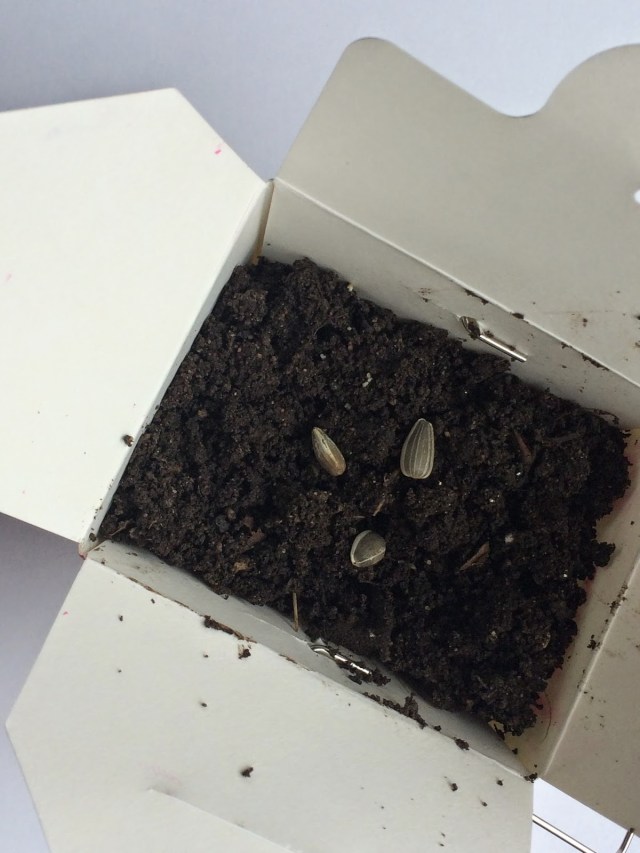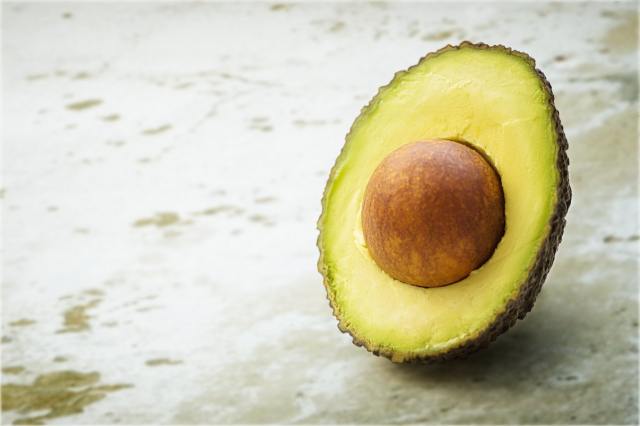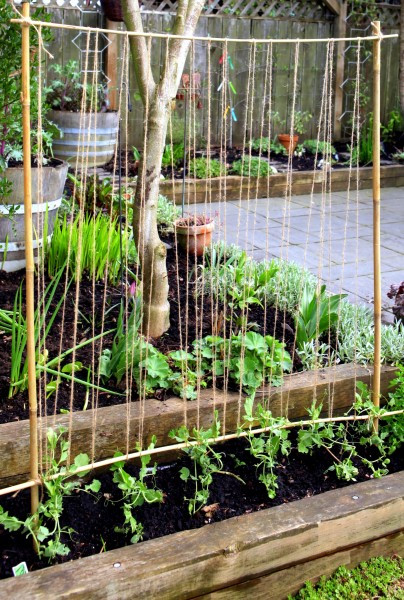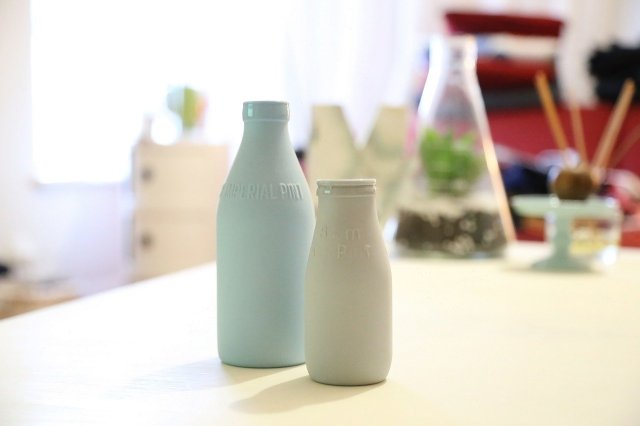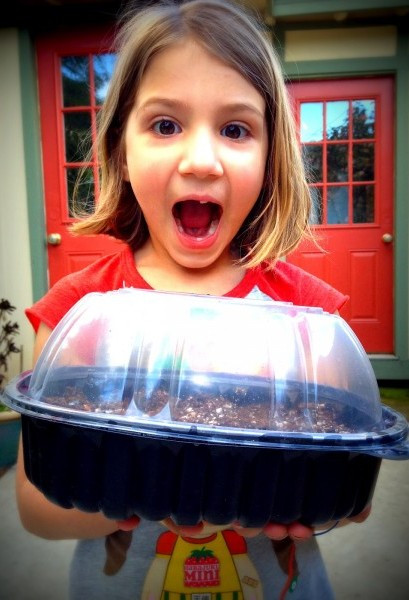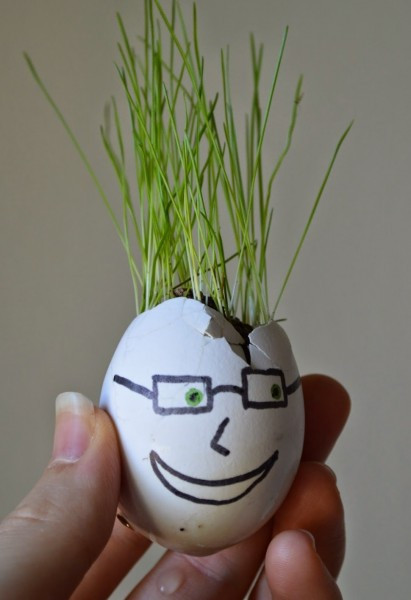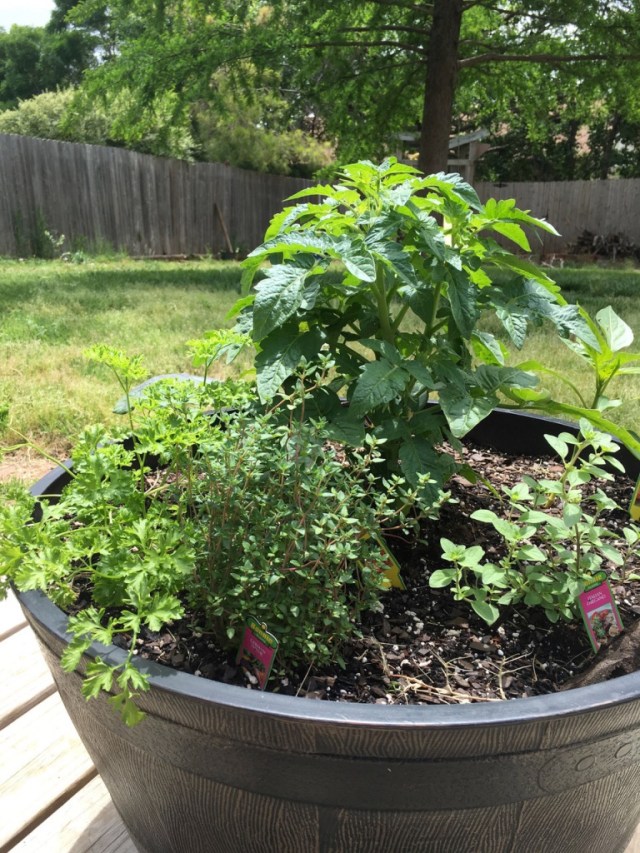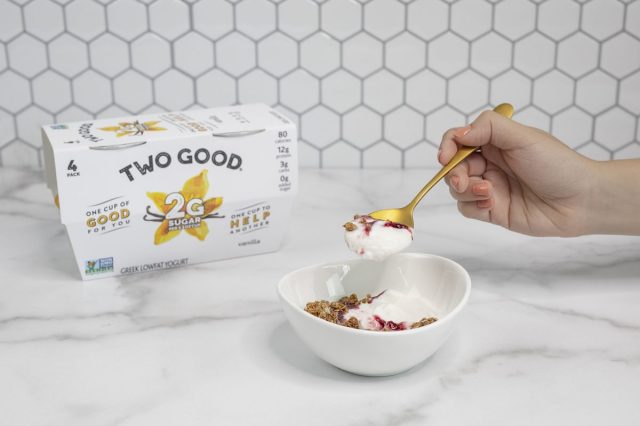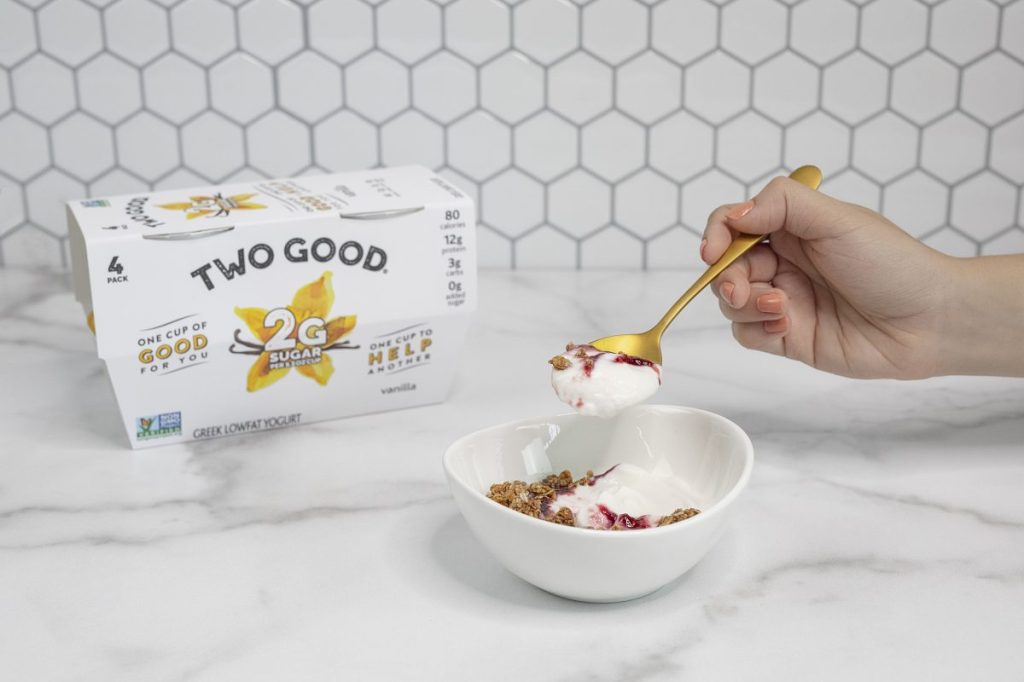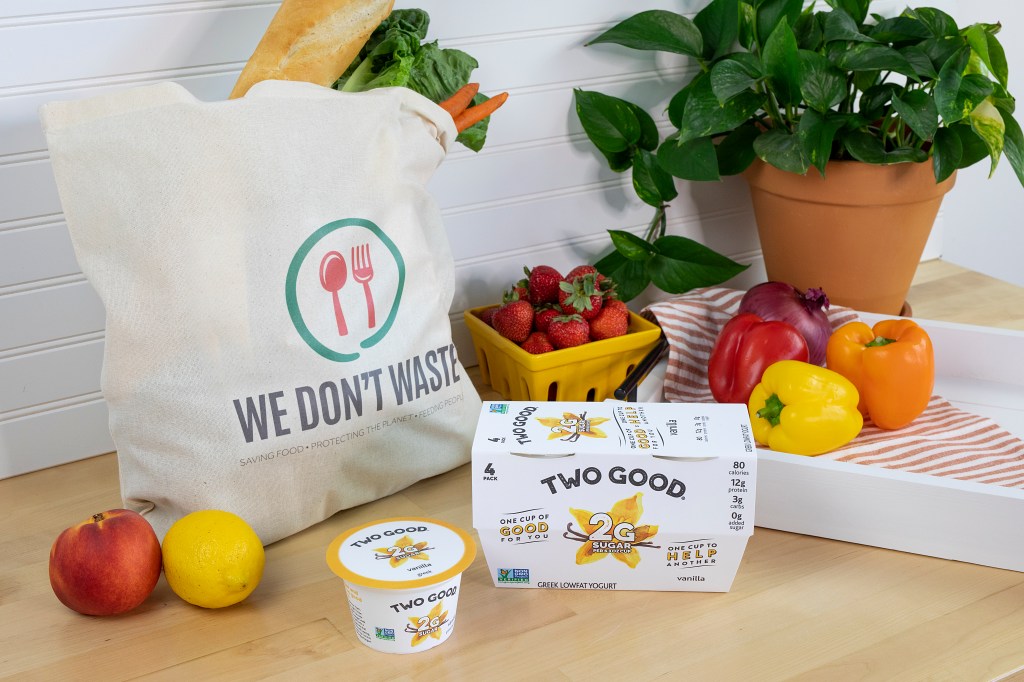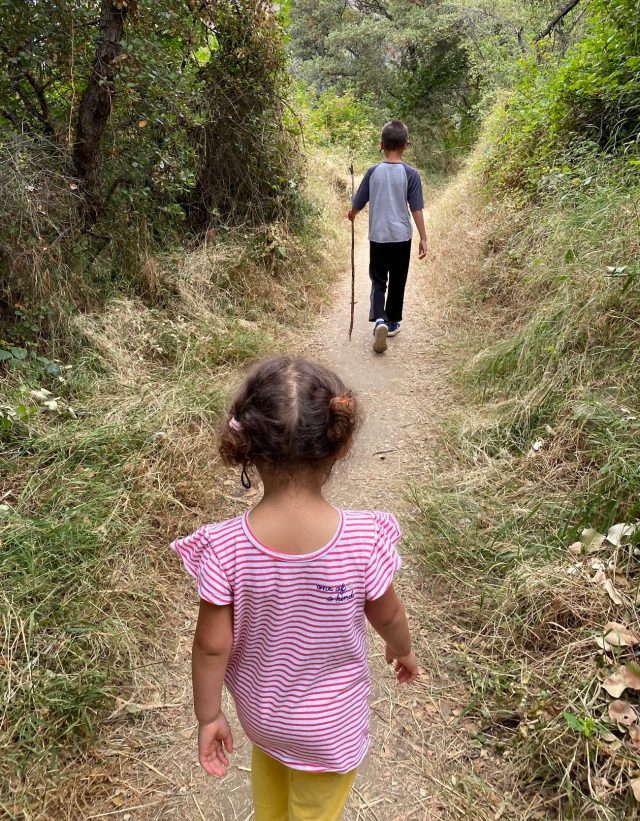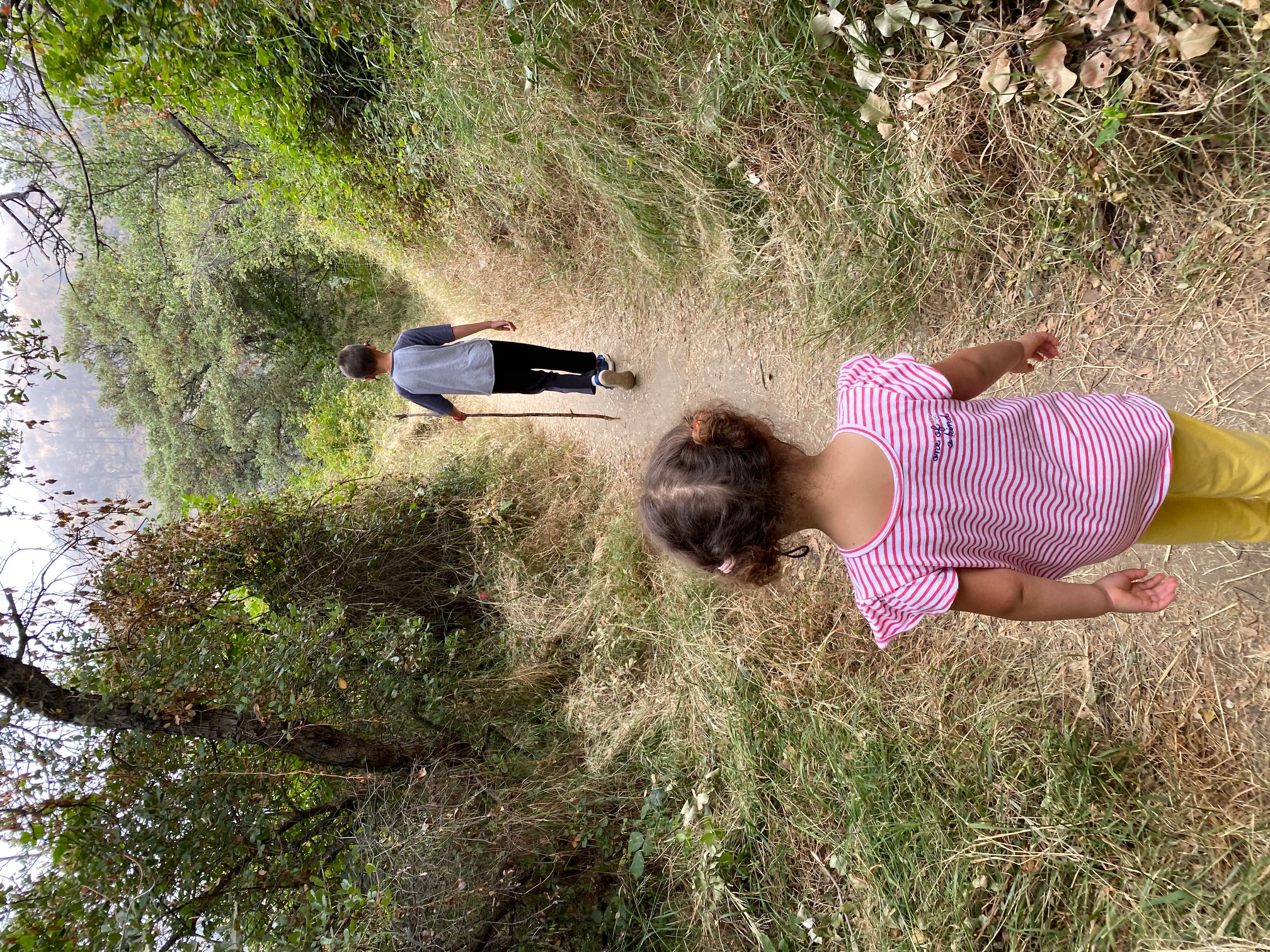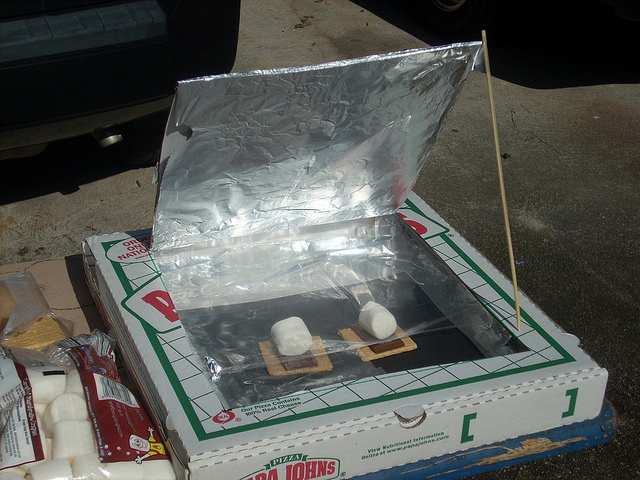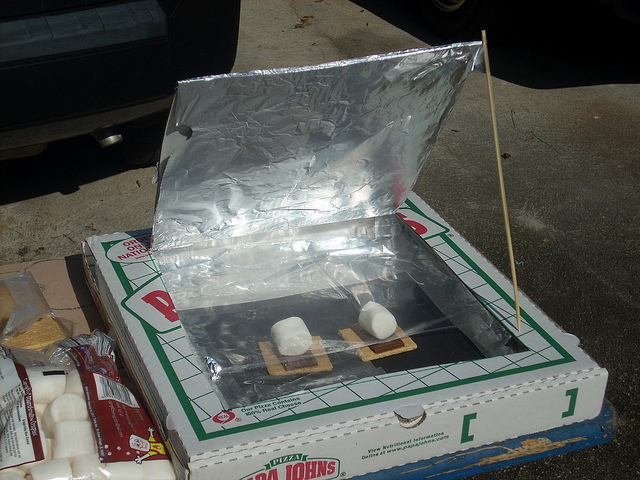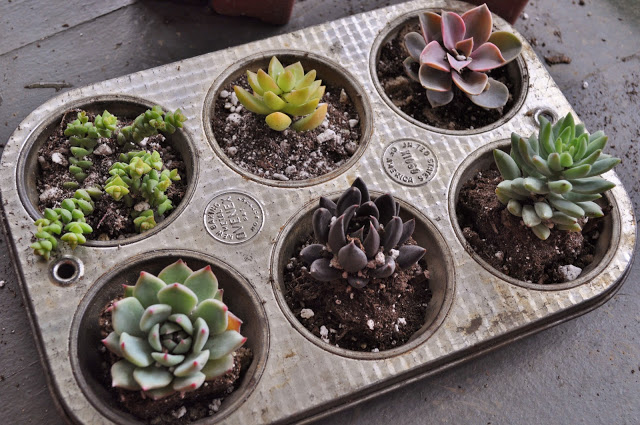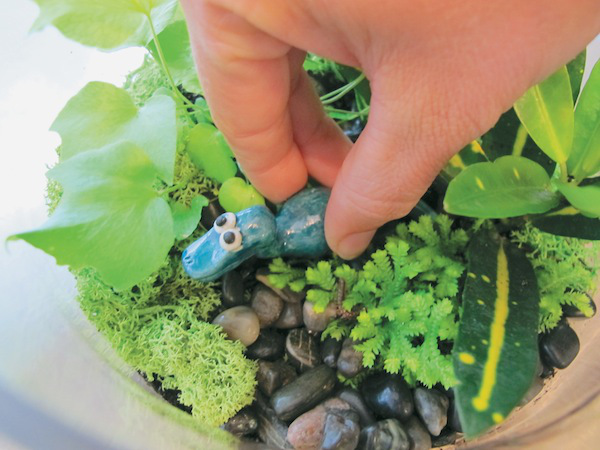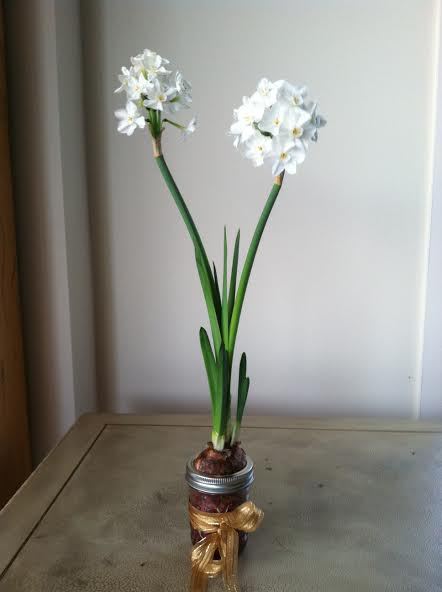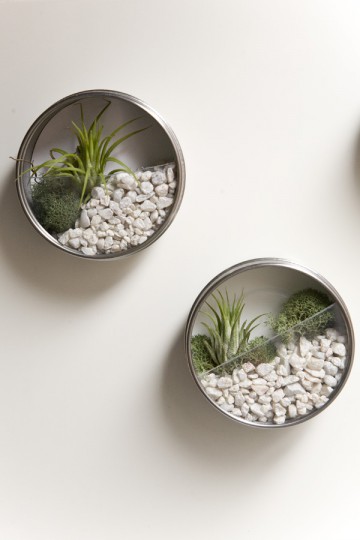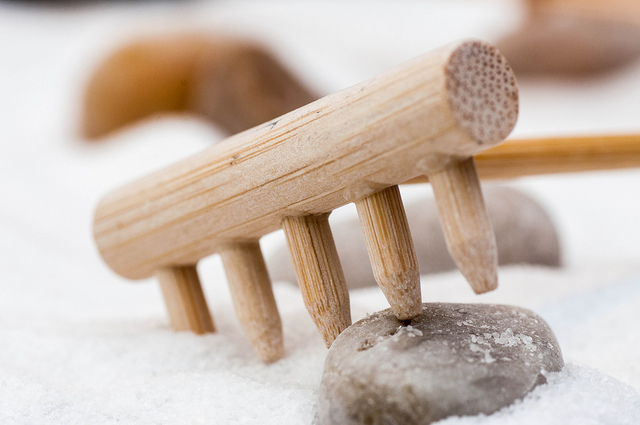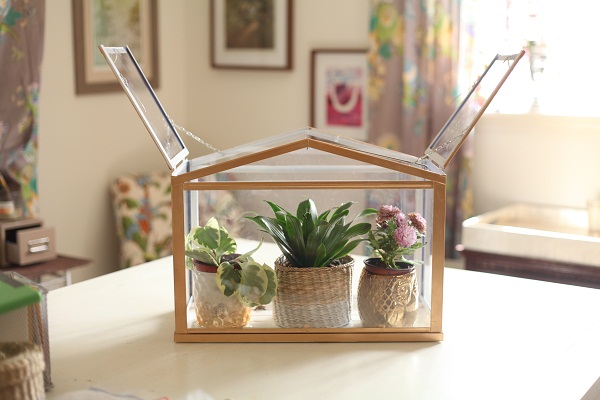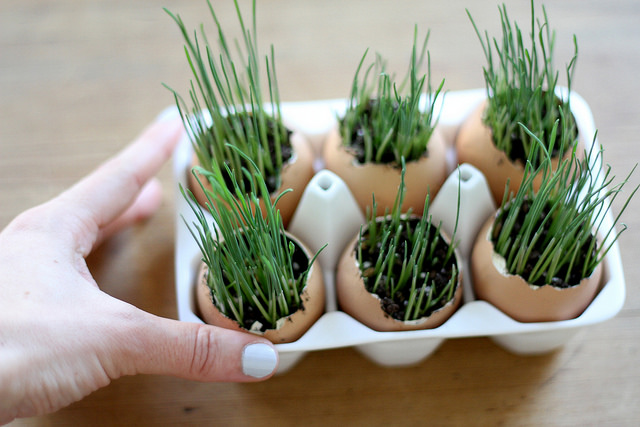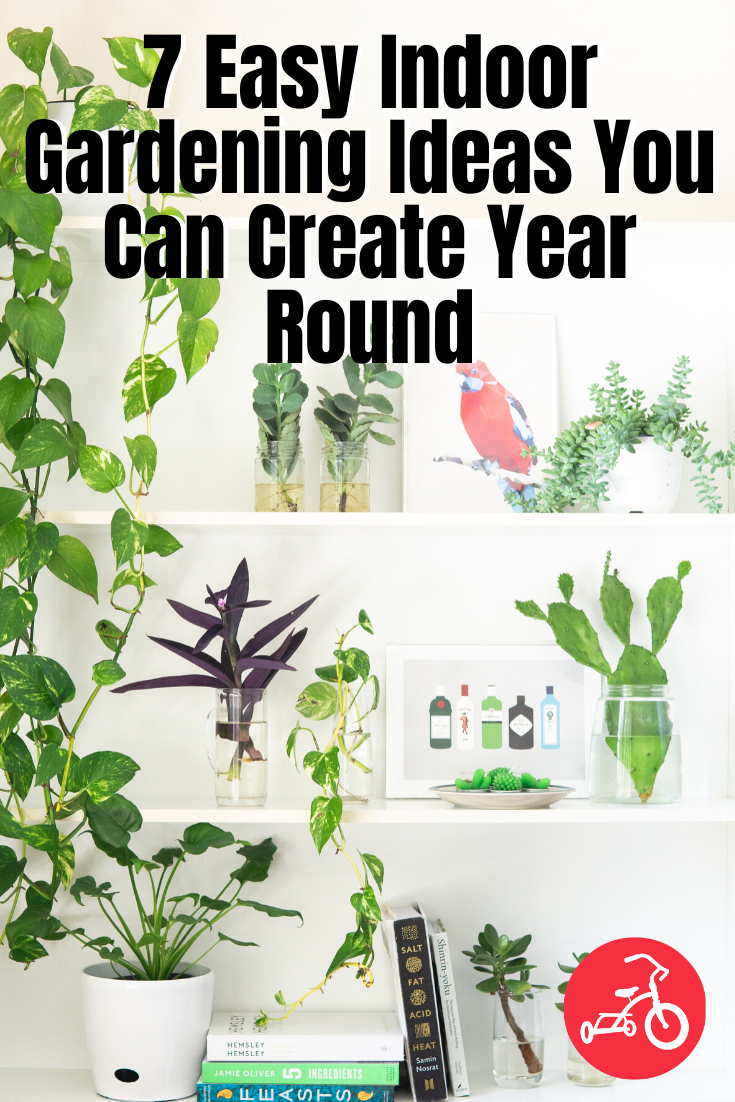If you buy something from the links in this article, we may earn affiliate commission or compensation.
There are plant people and then, there’s everyone else. From houseplants to succulents to botanical bling, these gifts for gardeners and plant lovers alike will be sure to make their fellow plant nerds green with envy.
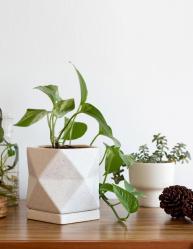
Pentagonal Planter
$65 BUY NOWThe unique shape of this planter makes it an eye-catching favorite on your home desk or in your kitchen.

Dreamcatcher Air Plant
$35 BUY NOWA lovely addition to any room, this air plant is easy to care for.

BloomsyBox Subscription
$40 and up BUY NOWGet your garden guru the next level in fresh flowers with Bloomsybox's handcrafted monthly subscription service, like this one inspired by the NYBG.

Wild Interiors
$17 BUY NOWIf you're looking to bring some plant inspiration into your home, this book is just the touch you need.

Classic Monsters Succulent Planters
$31 BUY NOWPop a succulent in these creepy friends and they'll bring a smile to your face, guaranteed.
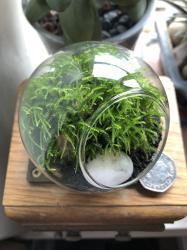
Micro Terrarium Set
$27 BUY NOWMini terrariums are old news: micro terrariums are where it's really at. This tiny set comes with real moss, soil, stone, and clay in a glass micro terrarium.
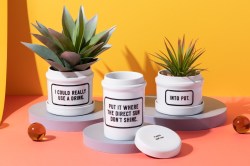
Whimsical Planter from Brass Monkey
$19+ BUY NOWThese planters with drip trays are both useful (think succulent plantings) and hilarious. Our favorite: Put it where the direct sun don't shine.

Sweater Weather Candle
$39 BUY NOWNot only will you love the deep cedar scent of this candle, but you'll love repurposing it as a bud vase when the candle is no more.

Princeton Architectural Press
$16 BUY NOWBased on the creations of eighteenth-century British botanical artist Mary Delany, each piece features scientifically accurate recreations of flowers including rhododendrons, water lilies, sunflowers and more. 12 cards and envelopes per set.

Plants from Wild Interiors
BUY NOWIf you want to pick out the perfect plant in person, Wild Interiors is your go-to. They are stocked at dozens of stores around the country and offer pet-friendly, low-maintenance and low-sunlight options, among others.
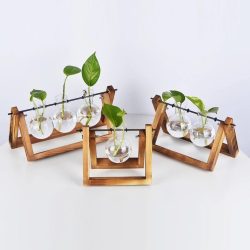
Propagation Station
$17+ BUY NOWThis little wooden stand will hold your cuttings and look elegant at the same time.
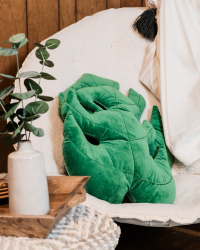
Monstera Deliciosa Leaf Pillow
$35 BUY NOWNot only will these look adorbs on your couch or bed, for every purchase made the Green Philosophy Co. they've partnered with Trees for the Future, a nonprofit aimed at ending hunger and poverty by helping farmers across Africa plant trees and regenerate their land. For every product sold, Green Philosophy Co is helping plant trees: so it's an epic win-win for any plant lover.
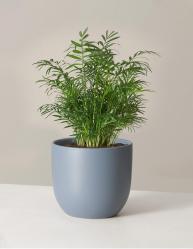
Parlor Palm
$67 BUY NOWAnyone who works from home needs this beauty to keep them company. It is super easy to care for and purifies the air as well.
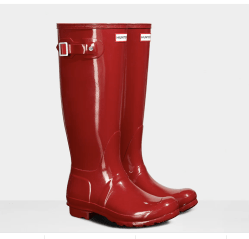
Classic High Gloss Hunter Boots
$160 BUY NOWEvery gardener needs a pair of sturdy-but-stylish books for tromping around botanical gardens and muddy garden beds alike. We love these shiny red classics, that stand out in a sea of green.
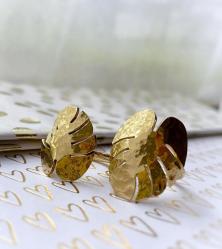
Monstera Ring
$42 BUY NOWThis brass ring shows just how serious this plant thing is. Also available in silver.
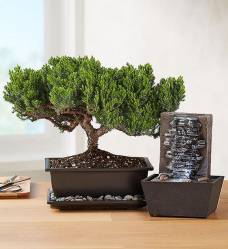
Juniper Bonsai with Fountain
$80 BUY NOWThere's something so soothing about caring for a bonsai. We know you'll love it!

The Conservatory: Gardens Under Glass
$42 BUY NOWGet your hothouse flowers fix with this collection of beautiful glass conservatories from around the world.
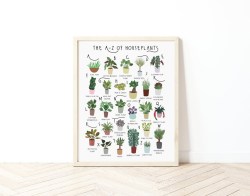
A to Z of Houseplants Poster
$22 BUY NOWFrom Aloe to Zebra plants, this whimsical poster lends a botanical vibe to any room.
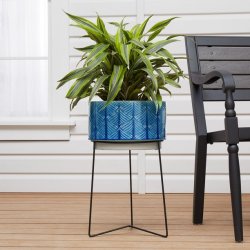
Marina Blue Round Ceramic Planter & Stand Set
$35 BUY NOWAny plant lover will tell you, there's always a need for a new pot, especially a blue decorative one that comes with its own stand.

SJÄLSLIGT Decorative Cactus Set
$15 BUY NOWA decorative cactus set for the bookshelf, no watering required.

Sophia Mills Mid Century Plant Stand
$40 BUY NOWThis stand has the aesthetic you like and it adjusts to fit different sizes of pots.

Mason Jar Indoor Herb Garden
$22 BUY NOWGive the gift of green this holiday. The self-watering Mason Jar Indoor Herb Garden is not only a great way to bring life into an indoor space, but you can also choose between Organic Geneovese Basil, Organic Cilantro, Non-GMO Common Mint, Organic Greek Oregano, Organic Flat Leaf Parsley and Organic Sage when purchasing.
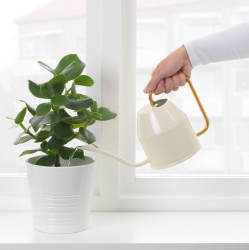
Ivory and Gold Watering Can
$10 BUY NOWSay goodbye to ugly plastic watering cans and say hello to this chic one instead. We love the fact that it's made of galvanized metal to prevent rusting and that you can leave it out after your chores are done!
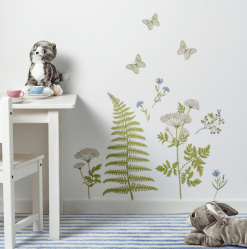
Fern & Flowers Decal
$10 BUY NOWBring the indoors in with this charming decal set that will appeal to kids and adults alike.
—Kate Loweth & Amber Guetebier
RELATED STORIES
The 10 Best Houseplant & Floral Services That Deliver Right to Your Door
Easy Gardening Projects for Kids
7 Simple Indoor Gardens You Can Do This Winter
These Troll Succulents Are Gardening Goals
How to Plant a Butterfly Garden No Matter Where You Live
